1. Challenges:
As the third largest rice producing country in West Africa, Côte d'Ivoire has made some progress in rice production. Not with standing, Côte d'Ivoire still relies heavily on imports to satisfy its growing domestic consumption. National rice production is below 50 percent of its demand over the last three decades and facing more challenges on post-harvest loss management.
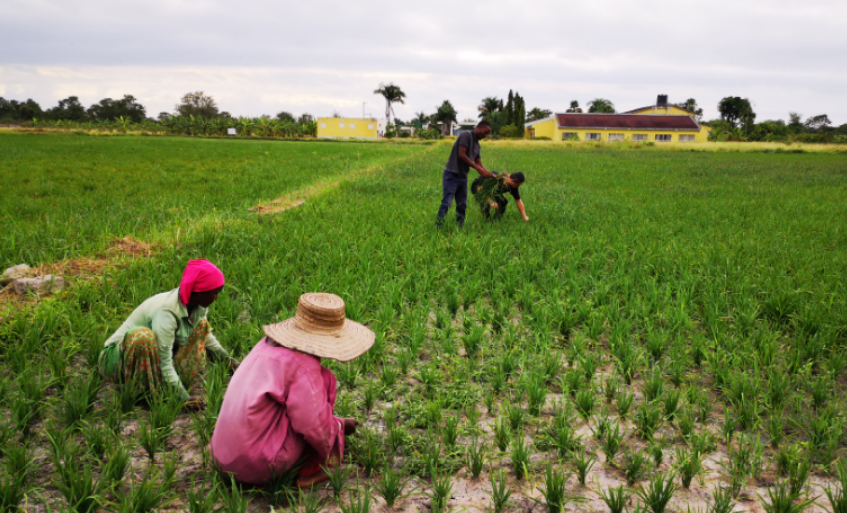
In the aspect of post-harvest losses, up to 40% of production are wasted due to inadequate post-harvest techniques, low processing capacity, underdeveloped storage facilities and infrastructure. Currently, the production and processing are mainly manual, which lead to low productivity and low yield (estimated at 0.25 tonne per person for one season in terms of mechanisation, the local smallholder farmers are constrained by insufficient financial capital to purchase agro-machinery. With the current rice processing system, it faces challenges of high processing cost, low output, and unfavourable quality.
2. Methodology or technology resolution adopted:
To respond to local community’s demands, agro-machinery such as threshers, milling machine and tractors were procured during the China Africa Rice Value Chain Development Project to equip pilot demonstration site and support the rice production and processing in the targeted communities.
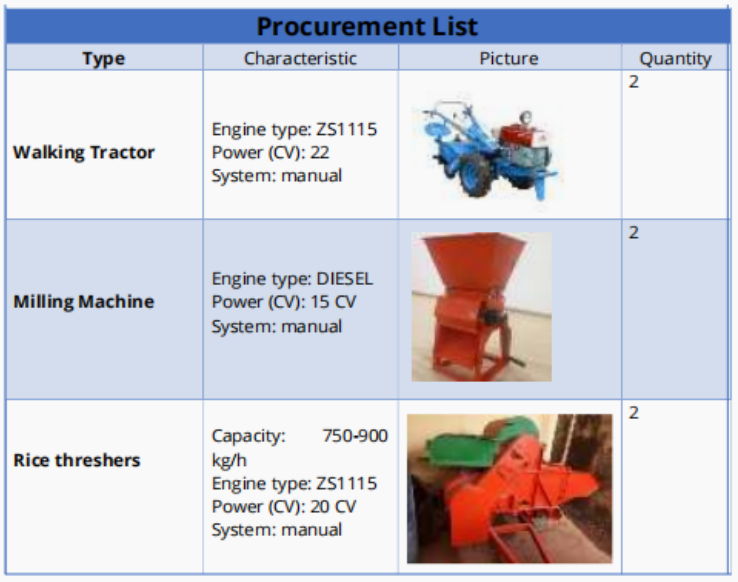
Equipment purchased during the project
A set of technical guidance, including 9 volumes (5 in English and 4 in French) on Rice Post-harvest Loss Management was developed, based on the presentations and lectures delivered by Chinese experts during a 4-day online technical training. The technical guidance is themed by Use of Tractor, Rice Threshing, and Rice Drying Technology etc.
According to the guidance, the fundamental way out for agriculture lies in mechanization. Agricultural machines have a range of advantages and utilisations with which the farm work will benefit. For instance, walking tractor is featured by its simple and compact construction, reliability, long service life, easy operation, simple output, light weight and suitable in paddy field, small dry field, orchards, vegetable gardens, can be used with plough, rotary cultivator, harrow in paddy field, harvester, transportation etc.
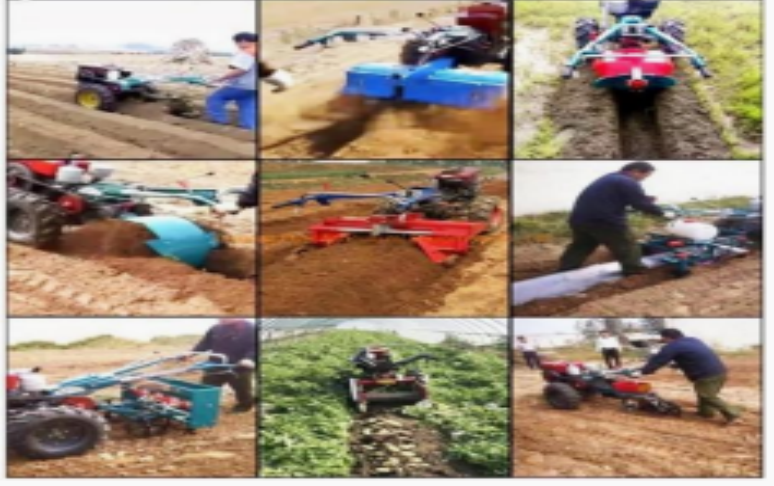
Various utilisations of walking tractor
The engine is the core part of machines. An engine usually consists of 2 main mechanisms and 5 engine systems.
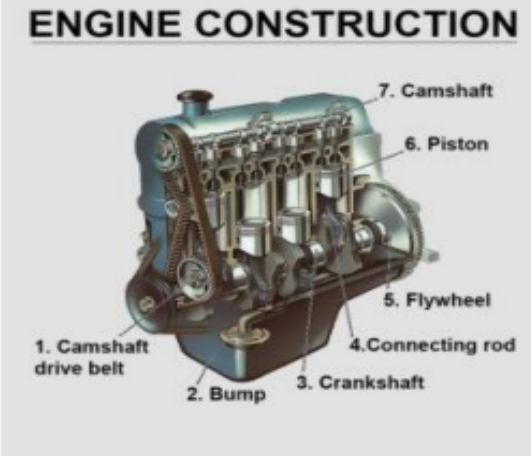
The construction of a typical engine
Two Main Mechanisms:
1. Crank mechanism
2. Valve mechanism
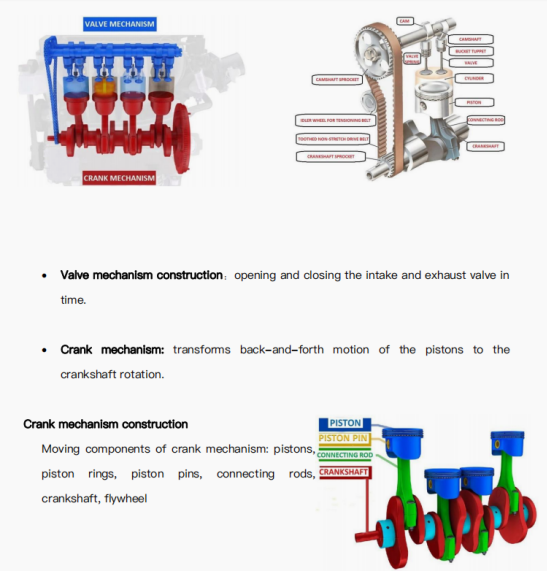
Two major mechanisms of the engine
Five Engine Systems:
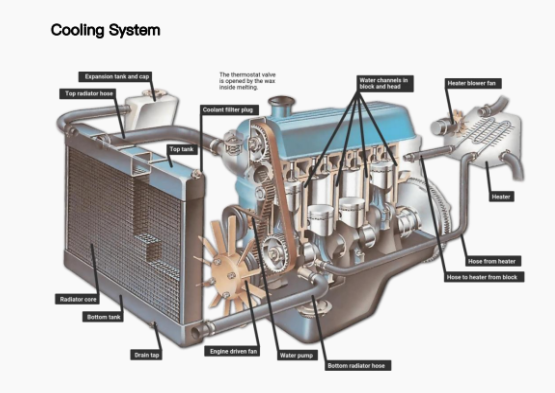
1. Cooling system
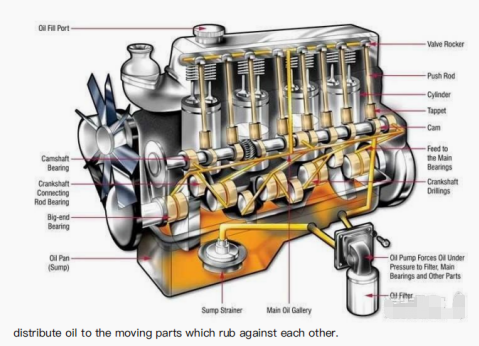
2. Lubrication system
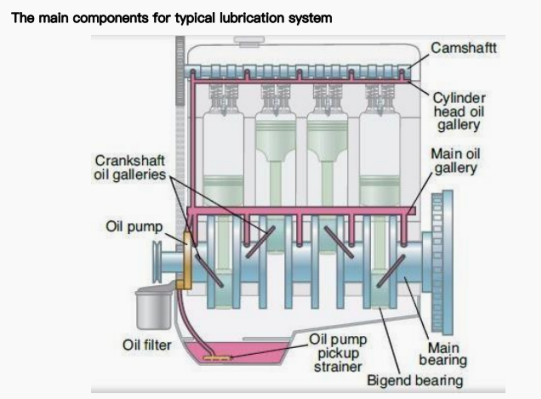
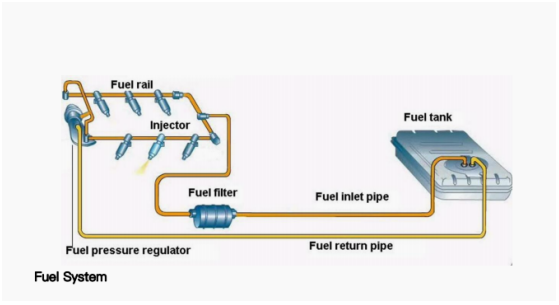
3. Fuel system
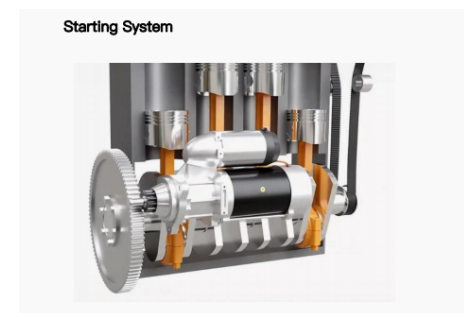
4. Starting system
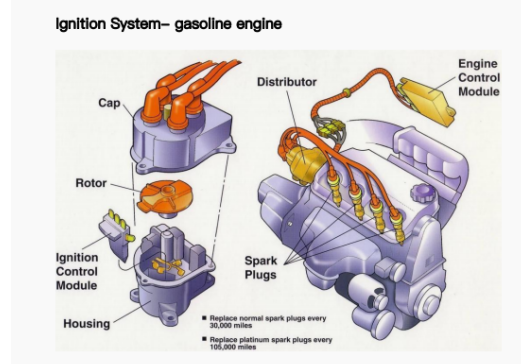
5. Ignition system (gasoline engine)
Five engine system comprised in the engine
The overall trend of future agricultural machinery:
● Model creation: build a whole-process mechanized production model for bulk crops and integrate supporting system solutions;
● Equipment: promote high-end agricultural equipment, such as large tractors, compound work equipment, large and efficient combine harvesters;
● Technology: Promote precise fertilization and application, water-saving irrigation, subsoiling land preparation, straw treatment, no-tillage seeding, precise and small- scale seeding, residual film recovery, agricultural waste utilization and resource utilization mechanization techniques
Development direction of agricultural machinery:
● Large-scale, multi-functional combined machinery;
● Intelligence agricultural machinery;
● Precision agricultural machinery;
● Agricultural aviation operating field;
● Specialization of suitable machinery for hills and mountains, fruit industry machinery, facility horticultural machinery, grass and animal husbandry
3. Effect of the solution:
With using agricultural machines like walking tractor, thresher and milling machines, it is estimated that the yield at the demonstration site in Côte d'Ivoire is estimated up to 3.5 tons per hectare, reaching 61.6tons for 17.6 hectares of land in total per season (11 tons for 17.6 hectares in the season 2020-2021).
Taking into consideration of post-harvest losses and processing, the project could produce 26.4 tons of threshed rice in Côte d'Ivoire, which will be packaged and sold in local markets. It is estimated that the rice will be sold at 632 USD per ton and 16,685 USD in total and greatly increase the income of smallholder farmers.

A photo of a demonstration site in Côte d'Ivoire
Related Links:
China Africa Rice Value Chain Development Project in Côte d'Ivoire (Phase I March 2021 – May 2022)
http://www.wfpchinacoe.net/2022-09/28/content_78429929.shtml
Sources:
Technical Guidance on Rice Post-harvest Management China-Africa Rice Value Chain Development Initiative 1
http://www.wfpchinacoe.net/2022-05/10/content_78306682.shtml
Summary Report of China Africa Rice Value Chain Development Initiative Under GSSDC Project
http://www.wfpchinacoe.net/2022-05/20/content_78306573.shtml
For more information, please contact WFP China COE (wfpcn.coe@wfp.org)
Category
An Engine Empowers Agricultural Production in Diverse Ways
Contributor
An Engine Empowers Agricultural Production in Diverse Ways
Country
Technical Solution

